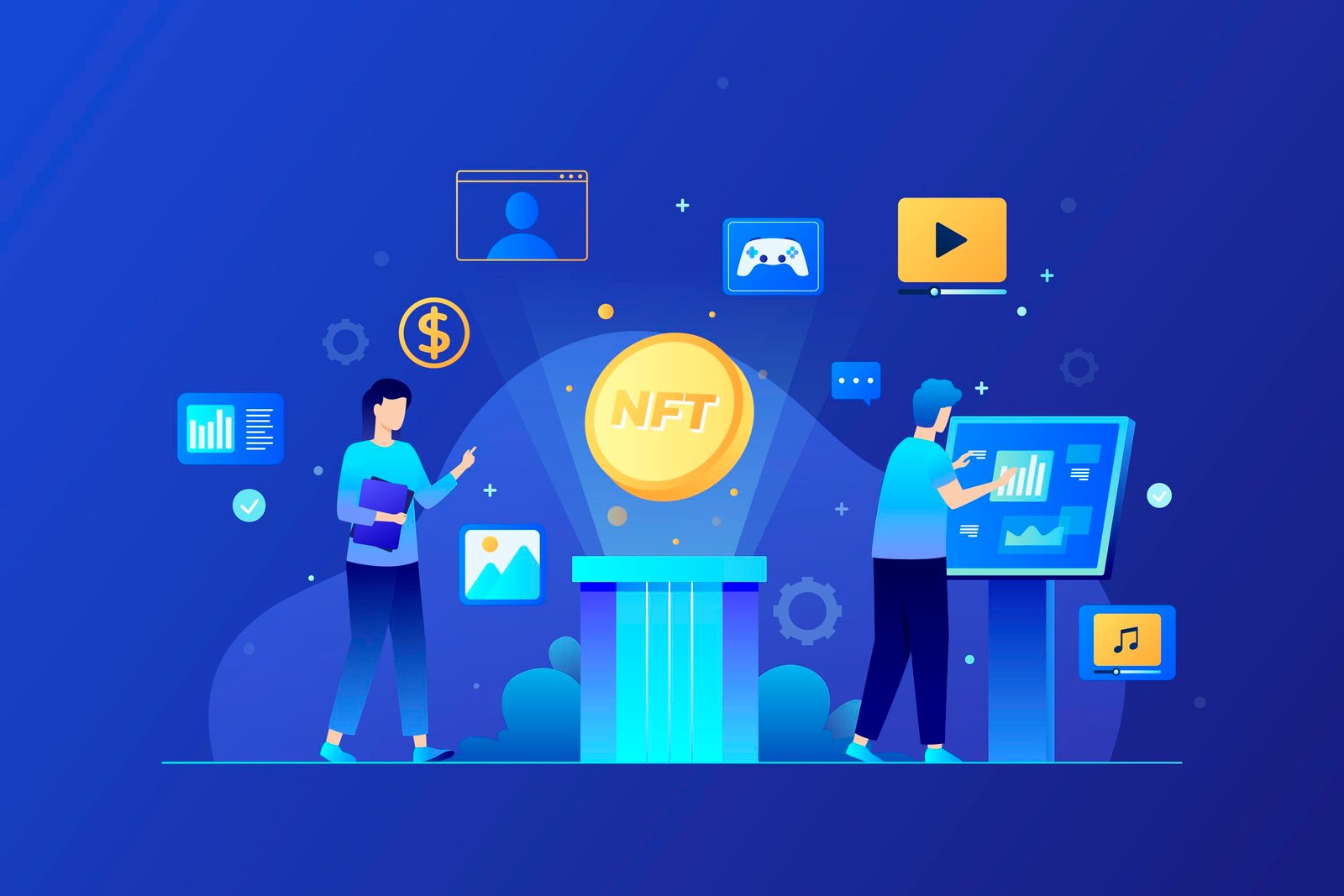
Introduction
In recent years, a digital revolution has been reshaping how we perceive and own art, collectibles, and digital assets. Non-fungible tokens (NFTs) have taken centre stage in this transformation, enabling unique digital ownership and opening up new opportunities for creators, collectors, and investors. In this article, we'll explore the rise of NFTs, their impact on various industries, and what lies beyond this digital phenomenon.
Understanding NFTs
Non-fungible tokens (NFTs) are blockchain-based digital tokens that represent ownership of a unique asset or piece of content. Unlike cryptocurrencies like Bitcoin or Ethereum, NFTs are indivisible and cannot be exchanged on a one-to-one basis. Each NFT has a distinct value and cannot be replicated, making it ideal for representing digital art, collectibles, virtual real estate, and more.
The Impact on Art and Creativity
NFTs have disrupted the traditional art world by allowing artists to sell digital art directly to collectors, bypassing galleries and intermediaries. Some key impacts on the art world include:
1. Digital Art Ownership: Artists can create, tokenize, and sell digital art as NFTs, granting collectors provable ownership and provenance.
2. Monetization for Digital Creators: NFTs provide new revenue streams for digital creators, including musicians, filmmakers, and writers, who can sell unique digital content or experiences.
3. Digital Art Authentication: NFTs offer a secure and transparent way to authenticate the origin and ownership of digital artworks, reducing art fraud.
4. Global Accessibility: NFT marketplaces are accessible to artists and collectors worldwide, democratizing the art market.
Collectibles and Virtual Real Estate
Beyond art, NFTs have found applications in the world of collectibles and virtual real estate:
1. Collectibles: NFTs have breathed new life into the world of collectibles, including trading cards, virtual pets, and virtual goods within video games.
2. Virtual Real Estate: Virtual worlds like Decentraland and The Sandbox enable users to buy, sell, and develop virtual real estate as NFTs, creating digital economies.
The Challenges and Critiques
Despite their rapid rise, NFTs face several challenges and critiques:
1. Environmental Concerns: NFT transactions consume significant energy, leading to concerns about their carbon footprint and sustainability.
2. Market Speculation: The NFT market has seen speculation and price volatility, raising questions about its long-term stability.
3. Copyright and Intellectual Property: NFTs have sparked debates over copyright and intellectual property rights, especially regarding the ownership of digital assets.
What Lies Beyond NFTs
While NFTs are at the forefront of the digital ownership movement, their future is just the beginning. Here are some developments to watch for:
1. Blockchain Integration: NFTs will continue to integrate with different blockchains, potentially addressing environmental concerns and scalability issues.
2. Virtual Reality (VR): The convergence of NFTs and VR could create immersive digital experiences and virtual economies.
3. Tokenization of Physical Assets: The tokenization of physical assets, such as real estate or luxury goods, may become more common, allowing fractional ownership.
4. Regulation and Standards: As the NFT space matures, it is likely to face increased regulation and the development of industry standards.
Conclusion
The rise of NFTs represents a paradigm shift in how we perceive ownership and value in the digital age. As NFT technology continues to evolve, its impact will extend far beyond art and collectibles, influencing how we interact with digital assets, virtual worlds, and even the concept of ownership itself. While challenges and debates remain, the digital ownership revolution is here to stay, with exciting possibilities on the horizon.








